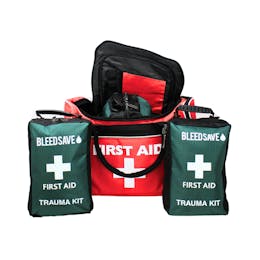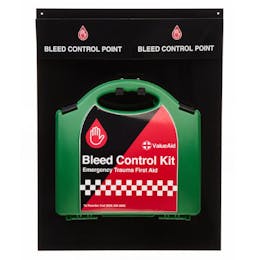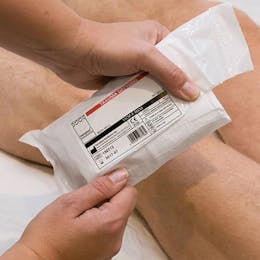It is common for organisations to have a basic level of first aid preparedness not only to comply with legal requirements, but also as a means to enhance the first aid resilience of their workforce. This effort is aimed at safeguarding the welfare of employees, visitors, and anyone in the vicinity of a business premises by offering humanitarian assistance to those in need.
By enhancing their level of first aid provisions, an organisation contributes to strengthening their own and the general population's ability to perform life-saving first aid effectively, which will undoubtedly increase the survival chances of individuals with life-threatening injuries.
Furthermore, the Terrorism (Protection of Premises) Act, also known as Martyn’s Law, will require those responsible for publicly accessible premises with capacities over 200 to take steps to reduce the threat to the public from terrorist attacks, through assessing risks and having appropriate measures in place to mitigate physical harm.





















